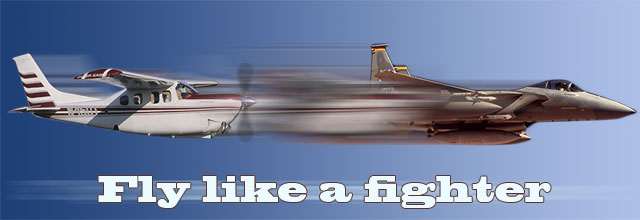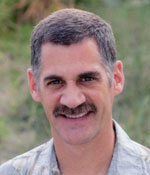
I put in a lot of long hours while instructing in the T-38. The normal work day was 12 hours—exactly—since we were required to be off duty for 12 hours before we could return to work the next day. We did this five days a week and occasionally worked weekends. As our classes progressed through training, we rotated from a 5 a.m. show time to 5:30 a.m. to the “late” shift of 6 a.m. with the senior class.
During a break between student classes, I was able to relish a few days of 8 a.m. show times. Life was good! Between those days of sleeping in and sleeping in on the weekend, the 5 a.m. show time that Monday to start flying with the new class seemed to arrive a lot earlier than usual.
 We took off in the first wave that morning on a clear day and went straight to the military operations area. Our local procedures were to set the altimeter to 29.92 upon entering the MOA. The student did fine, I talked us through our descent check, and we headed back to the traffic pattern for some pattern work.
We took off in the first wave that morning on a clear day and went straight to the military operations area. Our local procedures were to set the altimeter to 29.92 upon entering the MOA. The student did fine, I talked us through our descent check, and we headed back to the traffic pattern for some pattern work.
For the final turn in the T-38 we taught students to get the nose down to see two-thirds ground and one-third sky in our forward field of view. We also knew the correct power setting to use as a starting point and the altitude where we should be when halfway through the turn. During my demo, I spit out all the right words but noted that I needed about three-fourths ground, less power than normal, and was still high at the halfway point of the final turn. I had done this maneuver enough that I made it work and demonstrated a nice landing.
For the student’s attempt, he set the correct pitch and power for the final turn but rolled out on final about 200 feet to 300 feet high. A go-around was the correct choice at that point. He tried it again with the same results. I demonstrated another pattern, which was the same as my first. I couldn’t figure out why we were having so much trouble. After the next closed pattern on inside downwind, I noted another T-38 approaching the field on initial, but definitely below our altitude. The other instructor astutely observed our position and calmly transmitted “altimeter” over the radio. Ding! Ding! Ding! Our altimeters were still set to 29.92. The local altimeter setting was 30.32. We were flying the pattern 400 feet too high.
I felt like an idiot. I had wasted four traffic patterns’ worth of fuel for the student. I also had given lip service to the descent check without actually accomplishing all of the items. I fessed up to my mistake. In the debrief I also realized the most important lesson of the day—those few days of sleeping in had thrown off my circadian rhythm enough to impair my thinking on that early Monday morning. I knew I was a little tired but still thought I was fit to fly. That was questionable. I’m glad we were 400 feet high and VFR: An incorrect altimeter forcing us too low on an IFR approach might not have ended so well.
Every time we fly we need to assess whether we are rested enough to take to the skies. If not, then we should act as pilot in command and take charge to delay, reschedule, or cancel the flight. Better to deal with the consequences of that decision than the consequences of a broken airplane—or worse.
Larry Brown of Colorado Springs, Colorado, is a retired Air Force F-15 pilot who is using the lessons he learned as a fighter pilot as a GA pilot in his Cessna P210. Brown, who has 2,900 hours total time during his 35 years of flying, also was an instructor pilot and flight examiner in the Air Force T-38 and instructor pilot in the T-52, the military’s version of GA’s Diamond DA40. See previous installments of “Fly like a fighter.”



